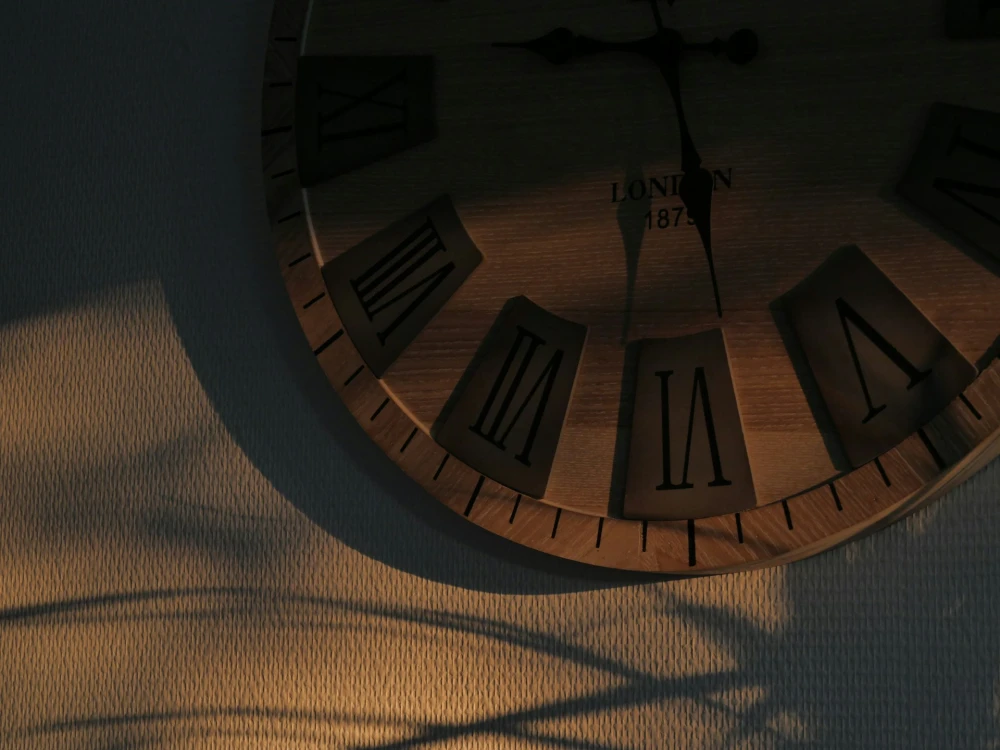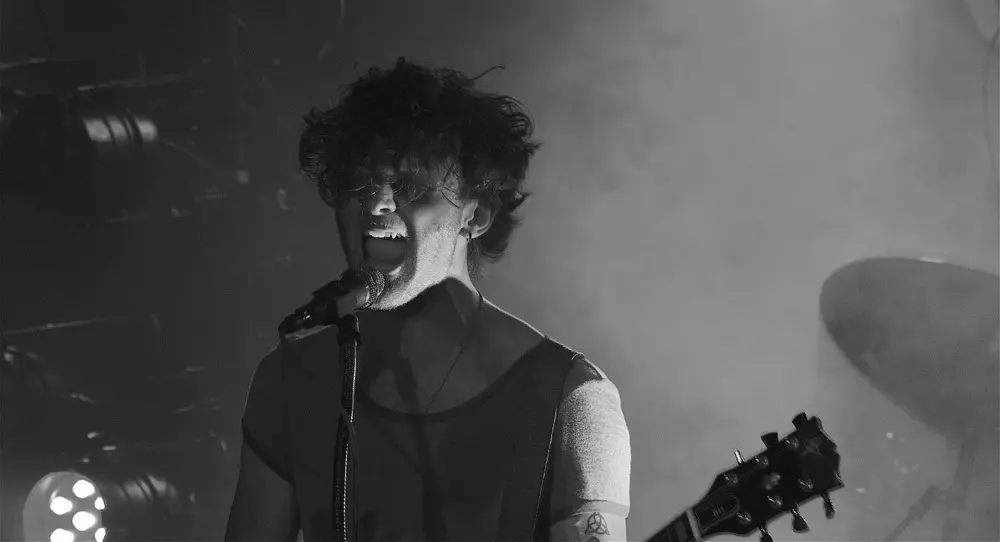“The future ain’t what it used to be” is an oft-quoted sentence. It’s supposed to be funny, but few realize it contains a concept that is important to writing and philosophy alike. This sentence contains what I refer to as a nested temporality.
People usually think of the past, the present, and the future as easily defined, separate entities. They also don’t see much ambiguity and in-betweenness in them: there’s one kind of past, one kind of present, one kind of future.
However, this is not true. There are pasts contained in the past (indeed an infinite number of them), and pasts contained in the future. Perhaps it’s more self-evident that there is an infinite number of futures, too, if we went about defining the future as probabilities.
Oh, and if you’re interested in defining the present, good luck with that!
In this post I’m examining the concept of nested temporality – and I will begin with defining it more precisely – in the context of writing fiction. What does a nested temporality bring to a narrative, and how can we use nested temporalities for creative purposes?


